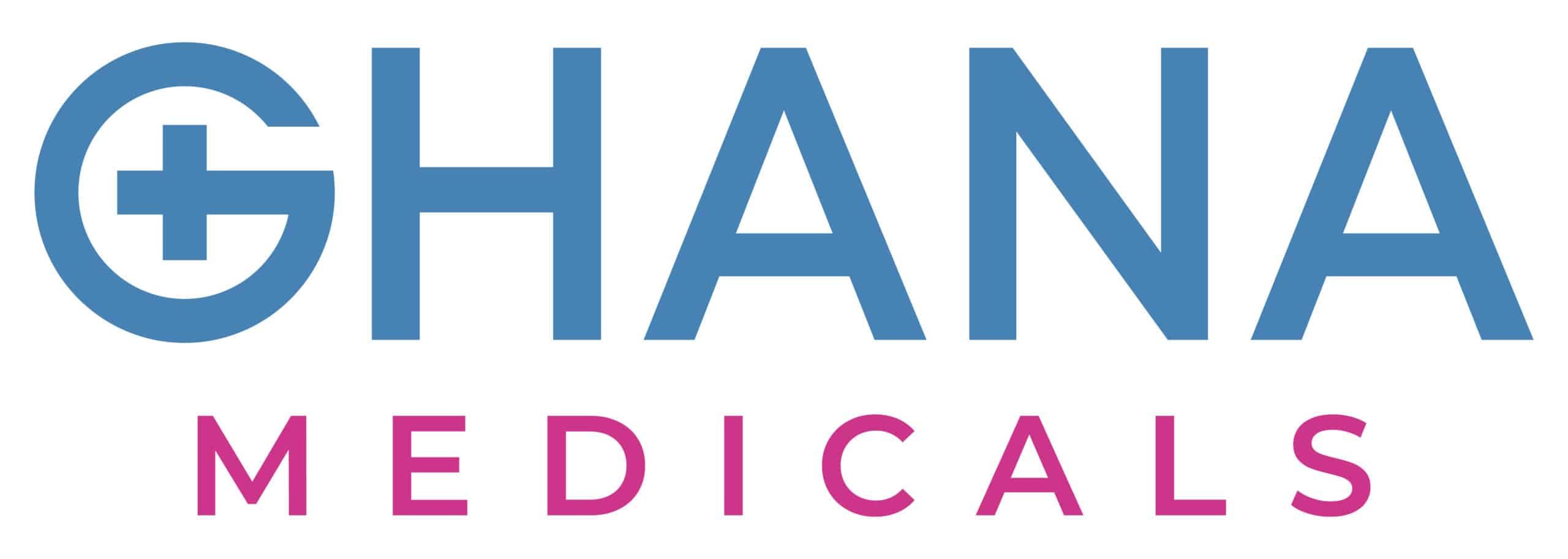The first case of HIV was reported back in the early 80s. When the disease first came about, patients have a very minimal chance of survival. Unfortunately, the disease still remains widespread – especially in Africa, where an estimated 25.7 million people are infected.
Nowadays, though, many patients of HIV can live a long and healthy life thanks to medication. The medication can control and mitigate some of the symptoms, but it does get rid of the disease.
Read More: HIV and AIDS
Drugs Used to Treat HIV
There are four primary medications used to treat HIV. Doctors usually prescribe a mix of these, the exact quantities varying from individual to individual.
- Reverse Transcriptase
This drug ensures that the HIV virus does not multiply by making copies of itself.
- Protease Inhibitors
These inhibitors block enzyme protease within the HIV cells.
- Integrase
HIV can integrate itself into a person’s DNA, making the patient a permanent carrier of HIV. This drug inhibits integrase, and the enzyme used to integrate the virus. By doing so, the medicine prevents the virus from spreading to other areas of the immune system.
- CCR5 Inhibitors
CCR5 are receptors located on the membranes of white blood cells. The HIV virus uses them as gateways to attack and ingrain themselves within the cells. This medicine inhibits these receptors and prevents the virus from spreading more.
Read More: Signs and Symptoms of HIV and AIDS
Modern Combined Therapy
The HIV virus is particularly difficult to target because of its changing nature. The genetic makeup of the virus changes frequently, and thus, it’s easy for the virus to become resistant to medication.
To counter this problem, modern treatment methods make use of Highly Active Anti-Retroviral Therapy (HAART). This method involves doctors prescribing a mix of different messages, each with a particular dosage. South Africa is currently conducting its third-line HIV treatment program for people who are resistant to the first and second lines.
What’s important to note is that even if the medication works in tackling the effects of the virus, it will not completely cure it. The patient will still test positive for the virus and so can transmit it to others as well.
Side Effects of HIV Treatment
HIV treatment as some common side effects such as:
- Headaches
- Trouble Sleeping
- Abdominal Pain
- Diarrhea
- Mood Swings
- Weight Gain
These are only some of the side effects patients may of the treatment face. Every case will vary from individual to individual. It is also typical for patients to have adverse reactions to medications when they begin their course. It’s likely that you will have to test out a few different combinations of medicines to see which one suits you best.
Read More: STD’s in Africa
What’s next?
Advances in science have now made it possible for patients of HIV to live long, healthy lives. In particular, Anti-Retroviral Therapy is a great method of treatment for patients today. Research in Ghana has also shown that it’s cheaper for patients in the long run.
References:

